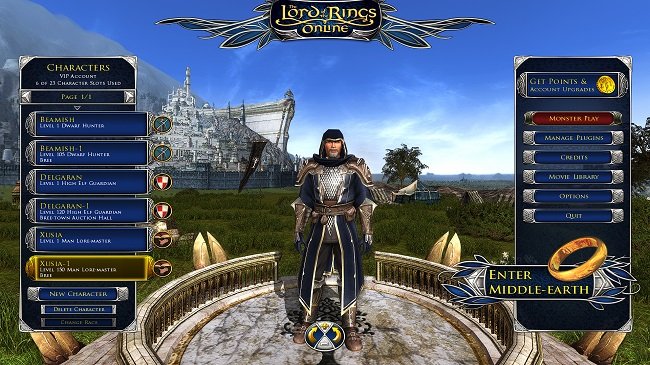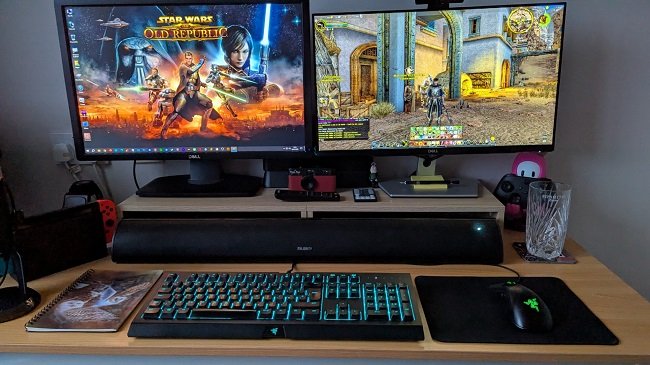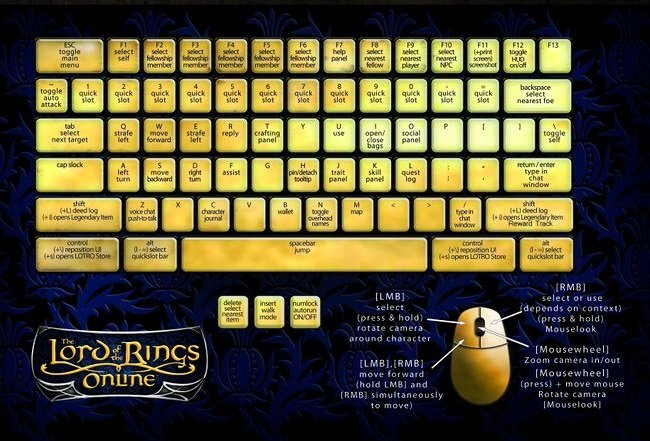Motion Control Gaming
I was reminiscing with a friend the other day about time we spent playing Wii Sports in summer 2007. Golf and bowling were our favourites out of the five games available. Over the period of a year we squandered numerous hours breaking ornaments, frightening the cat and having immense fun, while separating our respective shoulders. Yet, motion control gaming never quite became the phenomenon it was touted to be. It took three years before Microsoft entered the fray with the Kinect and Sony with the PlayStation Move. Once all three platforms had the necessary technology there was much posturing and conjecturing about retrofitting existing franchises and marketing of new bespoke games that would capitalise on the “novelty” of motion control. The addition of physical exercise to a leisure activity traditionally associated with sloth, was going to revolutionise the health of an entire generation. Motion control gaming was also to have a major impact of sports training and medical physiotherapy. Yet none of these “dreams” came true and today it’s merely a curious postscript on the history of gaming.
If you ever need an example of a novelty concept and a niche market product, then look no further than motion control gaming. It’s integration with Wii Sports was sublime. But beyond that game it’s use ceased to be enjoyable and instead becomes a major headache. The Wii console shipped with a bundle of games on launch; one of which being Call of Duty 3. Let it suffice to say that this game didn’t port well to motion control. Driving with the Nunchuk and Wii remote was manageable but aiming a gun, throwing grenades and interacting with the environment was very chaotic, haphazard and difficult. It was also extremely tiring. A few years later, I got to try Kinect Star Wars at a trade show. It was a horribly sluggish affair and far from the seamless experience that the trailers promoted. It was also very apparent that the NPCs in the game were noticeably nerfed to accommodate those players who were less “agile”. Once the initial fun of “being in Star Wars” dissipated, again plating in this way quickly became a chore. At the time it crossed my mind that games of this nature would never lend themselves to lengthy play sessions, like regular titles.
I can remember watching a video roundabout this time by Clinical Psychologist Albert “Skip” Rizzo. He was a big advocate of the health benefits of motion control gaming and made some bold statements about its application into popular games. He proposed that if a child was playing World of Warcraft for six hours a day, then the parents should insist that at least one of those hours should be done in conjunction with a motion control system. At the time Blizzard did briefly flirt with adapting their flagship MMORPG to this system. Yet again the project ran out of steam as gaming of this kind simply didn’t catch on because people like sitting on their butts while playing. Although there are health issues associated with sedentary gaming, they can be overcome by the application of common sense, rather than a cultural shift to motion control. Selecting an appropriate chair and desk, ensuring they are at the right height along with investing in good quality, ergonomically designed keyboards, mice and game controllers, can contribute significantly towards avoiding RSI, eyestrain and back related issues. Taking breaks, avoiding “snack culture” that often goes hand-n-hand with gaming and generally acting with restraint also helps avoid obesity, social isolation and death. I done it. So have countless others.
Motion control strikes me as being very similar to 3D in movies and TV; being a technology that is only pertinent to niche markets and of no real value or tangible benefit to the mainstream. Hence Wii Sports remains a unique experience. One that I am happy to return to even today (does anyone still own a Nintendo Wii?) But the notion of motion control permeating all other genres has really bitten the dust and the only viable avenue left for it is in conjunction with VR; another concept that has had an equally chequered past. Frankly, motion control gaming is just one of those things that always seems better on paper than in reality. The idea of playing some sort of team deathmatch FPS and having to leap behind the sofa in real life to avoid some threat in the game itself, is as cool as hell, but that’s not how it’s going to play out in real life. Some corpulent child is going to end up a tetraplegic after nose diving through a glass coffee table and then the lawsuits are going to start flying. So, this is why motion control gaming never really took off. Dignity and indolence are other contributory factors. Mind you, if you embrace the concept of the multiverse, somewhere there’s an alternative reality where Twitch TV is a lot more entertaining and the gamers a lot healthier.




























